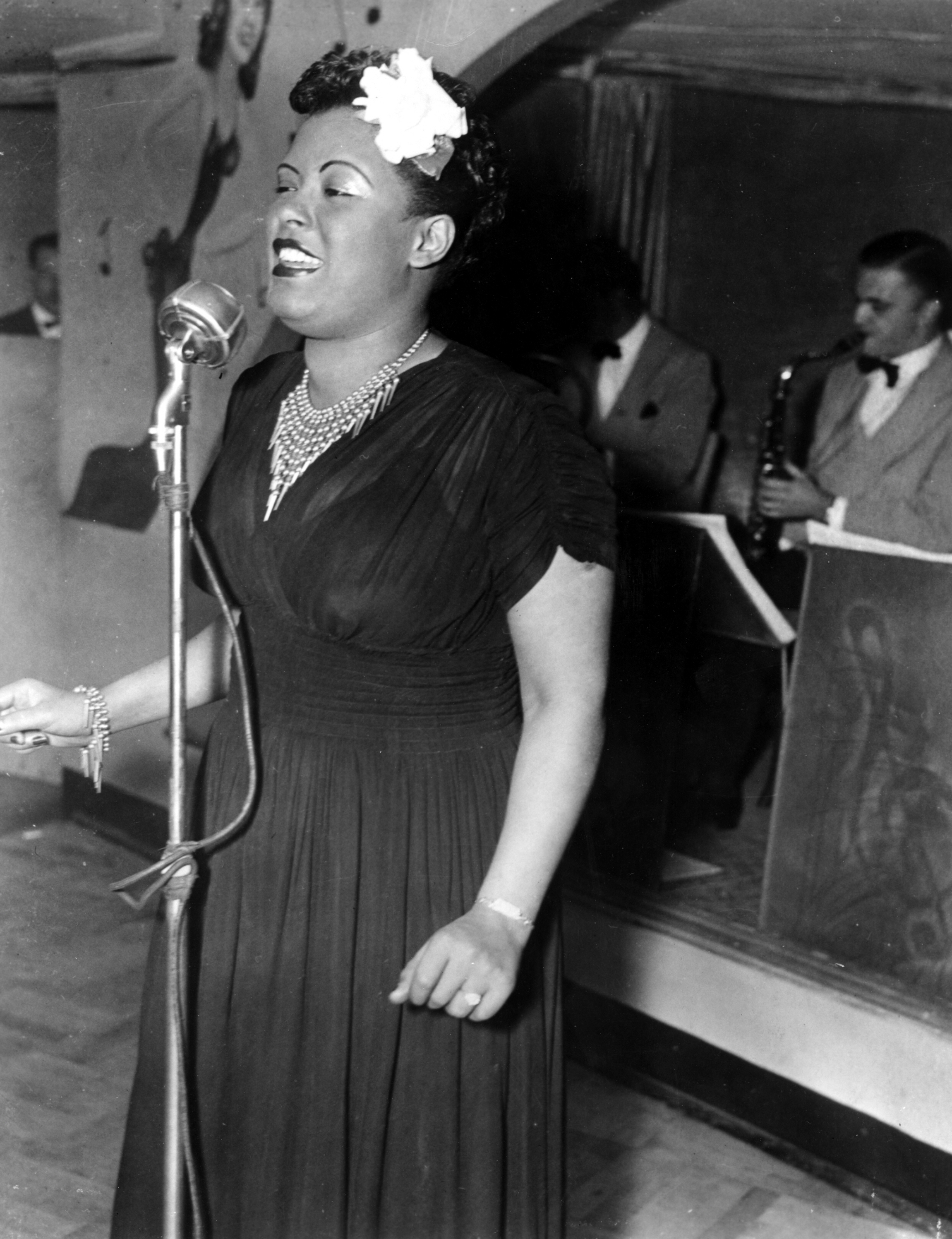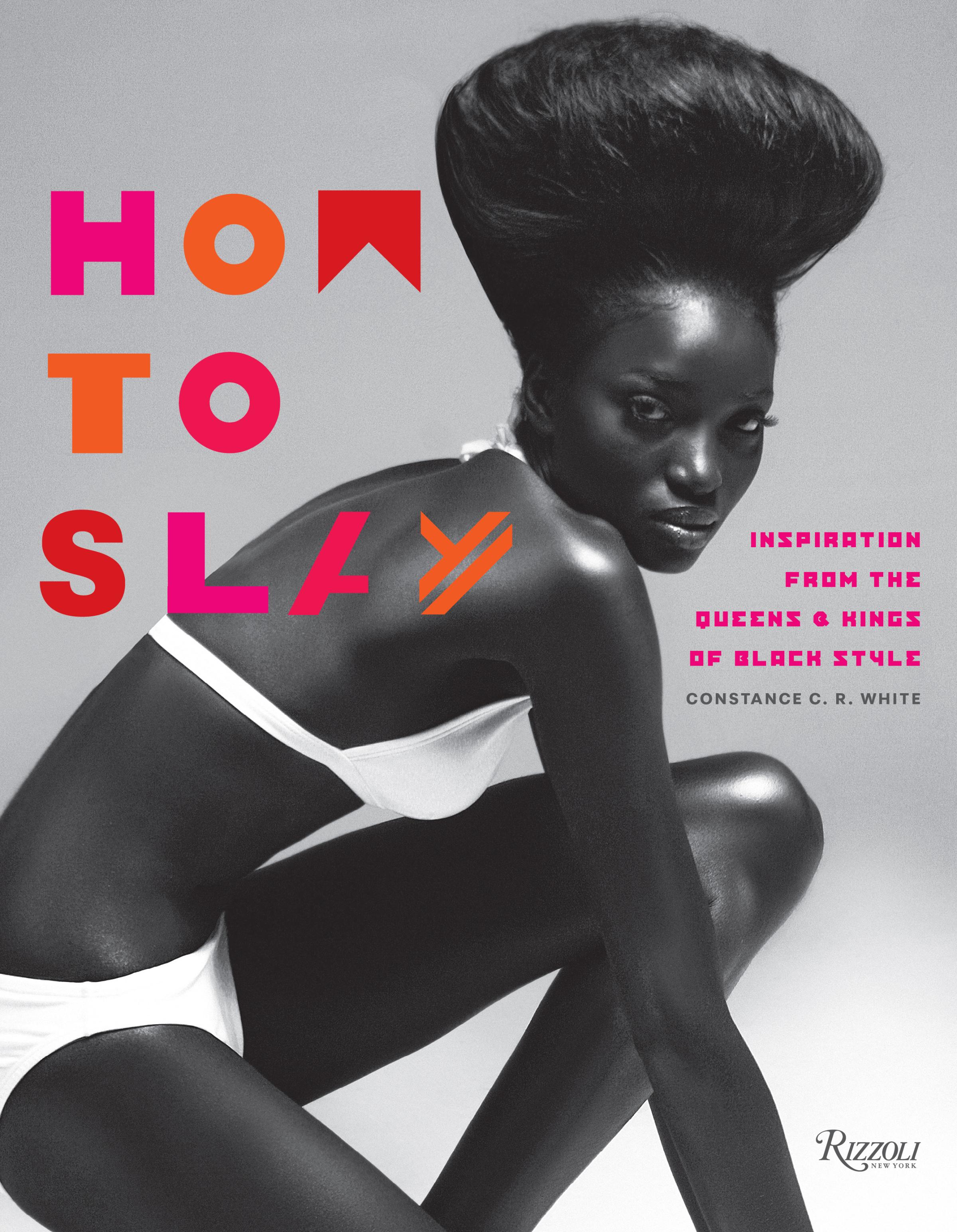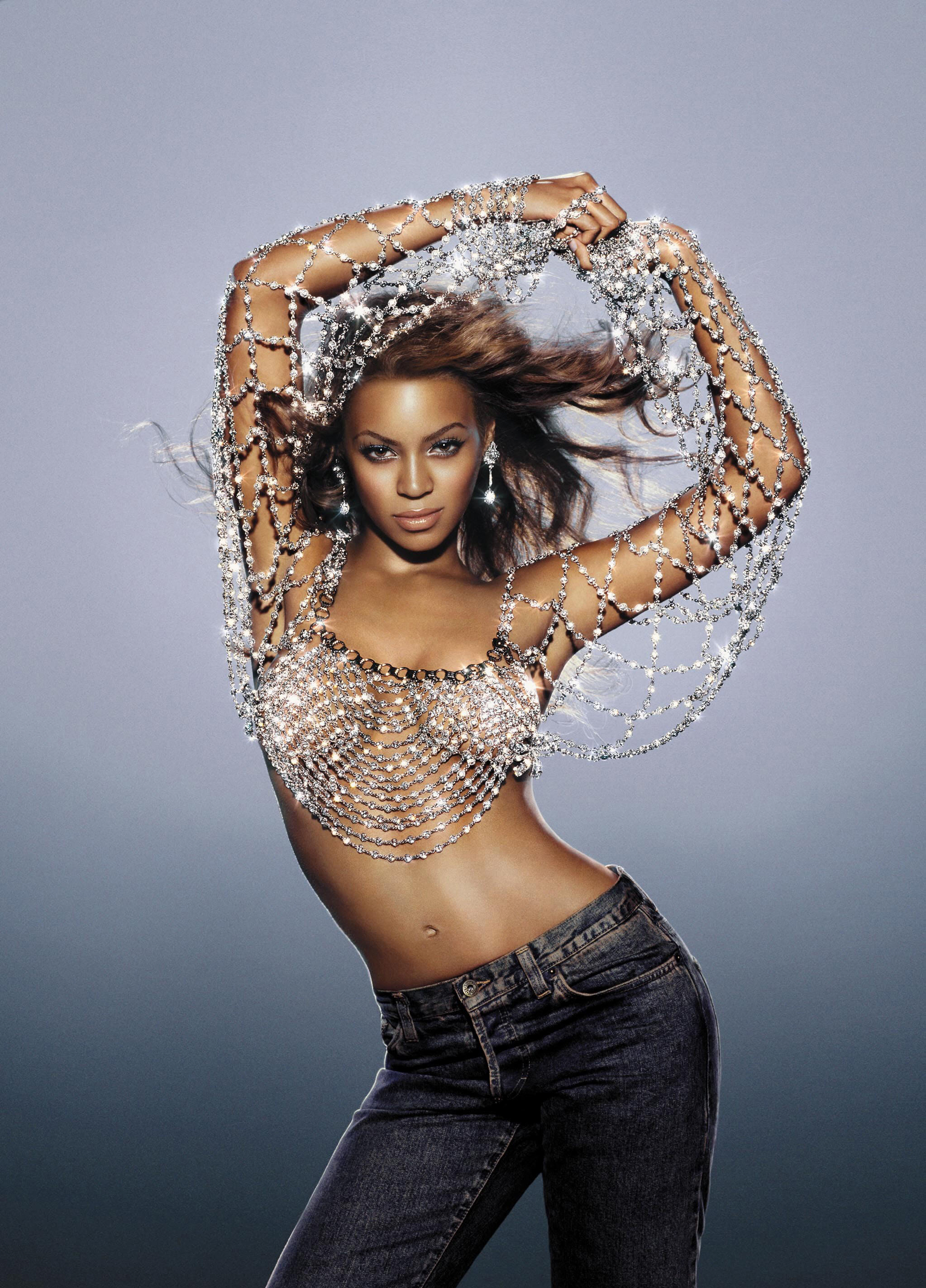

Exploding down runways, in stores, online and on Main Street — everywhere you look — style shaped by the African Diaspora is ubiquitous in fashion today for people of all colors, races and creeds.
Some key factors drive its popularity, among them increased globalization, the Internet, and the desire of millennials of African descent to feel ownership of and know more about their African ancestry and history.
Today’s blossoming Afrocentric fashion goes hand in hand with the robust Black Lives Matter movement against racial injustice. When courageous NFL star Colin Kaepernick took a symbolic stand against police brutality by kneeling during the national anthem at the start of one of his games, something interesting happened. He put his curly-kinky hair in an Afro. Prior to that episode, Kaepernick was most often seen with his head shaved low or his hair in braids. Style can be superficial, but it can also undeniably be an expression of significant social, cultural and economic realities.
Fashion has embedded itself in our popular culture, and Black style, fertile and innovative, is continuously multiplying like a reproducing amoeba, spinning off into sub-genres.

Stateside and in parts of Europe in the early twentieth century, bandleaders like Cab Calloway popularized the dramatically baggy zoot suit. Jazzmen and blueswomen started trends, as Billie Holiday did when she appeared with a flower in her hair. The ’20s flapper style is said to have risen in part from the need to allow for vigorous movement after Black youth introduced an energetic new dance called the Charleston, which was then popularized on Broadway. With dresses shortened to scandalously bare ankles and calves, corsets were flung aside, and dresses became loose and free, all the better to shimmy and shake.
As they do today, early entertainers of all colors found their style within the Black community, and in a back-and-forth exchange, the Black community in turn fed off and expanded upon the looks entertainers wore on stage, on screen, and at their public appearances. Beyoncé’s exquisite Lemonade video-opera features several examples of Black style familiar to African Americans. By donning these various styles in her powerful videos and on stage, she fertilizes the growth of trends like goddess braids, Afros and New Orleans Creole style, among other grace notes.

Yet, despite being surrounded by Black style, we often miss its beauty and innovation or fail to acknowledge it. In this book, I seek to document and represent how Black style is put together and worn, how it presented, and how it has influenced fashion in ways both large and incremental. My intention was not to make a comprehensive or definitive volume; it is meant to be a fun, informative, and entertaining journey through Black style.
Constance C.R. White is the author of How to Slay: Inspiration from the Queens and Kings of Black Style (Rizzoli, 2018).
More Must-Reads from TIME
- Cybersecurity Experts Are Sounding the Alarm on DOGE
- Meet the 2025 Women of the Year
- The Harsh Truth About Disability Inclusion
- Why Do More Young Adults Have Cancer?
- Colman Domingo Leads With Radical Love
- How to Get Better at Doing Things Alone
- Michelle Zauner Stares Down the Darkness
Contact us at letters@time.com